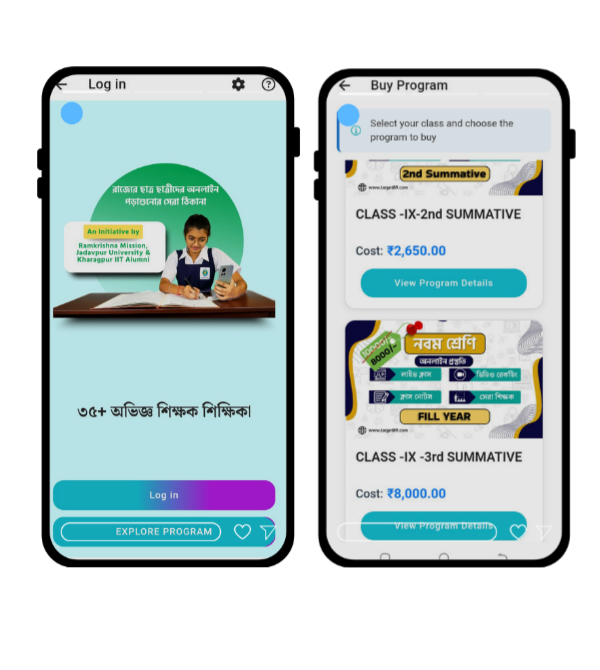In the digital age, technology has become an integral part of education, transforming traditional classrooms into dynamic learning environments. Among the myriad tools available to educators, Learning Management Software (LMS) stands out as a powerful platform that streamlines teaching, enhances collaboration, and engages students in new and exciting ways. In this blog, we’ll explore the significance of LMS for schools, its key features, and the benefits it brings to students, teachers, and administrators alike.
Understanding Learning Management Software
At its core, Learning Management Software is a comprehensive platform designed to facilitate the creation, delivery, and management of educational content. It serves as a centralized hub where teachers can organize course materials, communicate with students, track progress, and assess performance. For students, an LMS provides access to resources, assignments, and interactive learning activities, fostering a personalized and engaging learning experience.
Key Features of Learning Management Software for Schools
1. Course Management:
LMS allows educators to create and organize courses, modules, and lessons in a structured manner. Teachers can upload course materials, such as presentations, documents, and multimedia resources, making them easily accessible to students.
2. Communication Tools:
Effective communication is essential for successful teaching and learning. LMS offers various communication tools, including discussion forums, messaging systems, and announcement boards, enabling seamless interaction between teachers and students.
3. Assignment and Assessment:
With LMS, teachers can create assignments, quizzes, and assessments to gauge student understanding and progress. These tools often include features for automated grading, providing timely feedback to students and streamlining the grading process for teachers.
4. Collaboration Spaces:
Collaborative learning is promoted through features like group discussions, peer reviews, and collaborative document editing. LMS facilitates teamwork and knowledge sharing among students, fostering a sense of community and collaboration in the virtual classroom.
5. Analytics and Reporting:
LMS generates valuable insights into student performance, engagement, and participation. Teachers and administrators can track metrics such as course completion rates, assessment scores, and student activity logs, allowing them to identify areas for improvement and intervene when necessary.
Benefits of Learning Management Software for Schools
1. Enhanced Accessibility:
LMS provides anytime, anywhere access to learning materials, allowing students to engage with content at their own pace and convenience. Whether in the classroom, at home, or on the go, students can access course materials and participate in learning activities using any internet-enabled device.
2. Personalized Learning:
By offering customizable learning paths, adaptive assessments, and personalized feedback, LMS caters to individual student needs and learning styles. Teachers can tailor instruction to address each student’s strengths, weaknesses, and interests, maximizing learning outcomes.
3. Improved Efficiency:
LMS automates routine tasks such as grading, attendance tracking, and content distribution, saving teachers time and effort. With streamlined workflows and centralized data management, educators can focus more on instructional design and student support.
4. Parental Engagement:
Many LMS platforms offer features for parent or guardian access, allowing them to monitor their child’s progress, view assignments and grades, and communicate with teachers. This fosters greater transparency, communication, and collaboration between schools and families.
5. Scalability and Cost-Effectiveness:
LMS can accommodate the needs of schools of all sizes, from small classrooms to large districts. By consolidating multiple tools and resources into a single platform, LMS reduces the need for expensive software licenses and maintenance costs, making it a cost-effective solution for schools.
Conclusion
Learning Management Software has revolutionized education by providing educators with powerful tools to create engaging, interactive, and personalized learning experiences for students. From course management and communication to assessment and analytics, LMS offers a comprehensive solution that empowers teachers, engages students, and enhances learning outcomes. As technology continues to evolve, the role of LMS in education will only grow, shaping the future of teaching and learning for generations to come.















